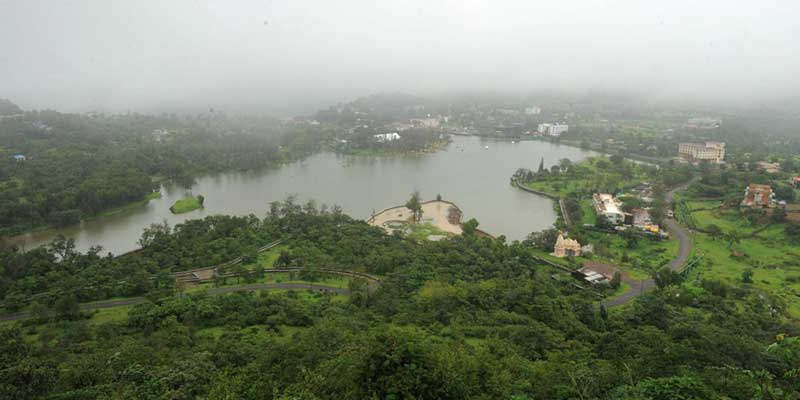- India
- May 09
NGT seeks report on ESZs in W. Ghats
The National Green Tribunal has directed the Ministry of Environment and Forests (MoEF) to submit a report on the finalisation of eco-sensitive zones (ESZs) in the Western Ghats. A Bench headed by NGT chairperson Justice Adarsh Kumar Goel directed the ministry to file the report within a month.
“An undertaking was also noted in the order of this tribunal dated September 8, 2017, that the final notification will be issued as expeditiously as possible and in any case within 12 months. In view of the above, let a report be furnished by the MoEF about the status of compliance of the above orders within one month,” the Bench said.
The NGT was hearing a plea alleging that the notification of ESZs in the Western Ghats has not been finalised despite the its direction to complete the exercise within six months.
Noting that the ecology of the Western Ghats was under “serious stress”, the tribunal had earlier restrained six states falling in the region from giving environmental clearance to activities that may adversely affect ecologically sensitive areas (ESAs).
The green panel had allowed the MoEF to republish the draft notification of the Western Ghats that lapsed on August 26 last year and asked it to finalise the matter within six months without alterations to ESZs in terms of the notification dated February 27, 2017.
The tribunal had said the Western Ghats region is one of the richest biodiversity areas that needs to be conserved. The draft notification issued by the MoEF had identified an area of 56,825 sq km spread across six states - Gujarat, Maharashtra, Goa, Karnataka, Kerala and Tamil Nadu - as ecologically sensitive.
Following protests by various groups and political parties against the recommendations of the Western Ghats Ecology Expert Panel led by Madhav Gadgil, the government constituted the K. Kasturirangan committee to examine the report. While the Gadgil report had designated the entire hill range as an ESA, the Kasturirangan report recommended only 60,000 sq km (37 per cent) of the total area be marked as an ESA.
What is an ESZ?
In a bid to prevent ecological damage caused due to developmental activities around National Parks and Wildlife Sanctuaries, the environment ministry notifies certain areas as eco-sensitive zones (ESZs) or ecologically fragile areas (EFAs) to create some kind of “shock absorbers”. In 2011, the ministry notified new guidelines for ESZs around National Parks. The guidelines are to ensure that these areas are treated as transition zones from areas of high protection to areas involving lesser protection.
The guidelines said activities including commercial mining, setting of saw mills and industries causing pollution, commercial use of firewood, major hydropower projects are prohibited in such areas. Felling of trees, drastic change in agriculture systems and commercial use of natural water resources, including groundwater harvesting, and setting up of hotels and resorts are also regulated.

